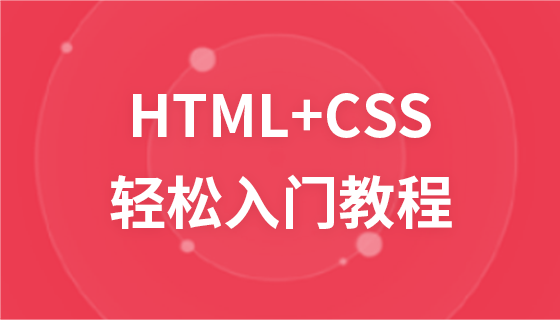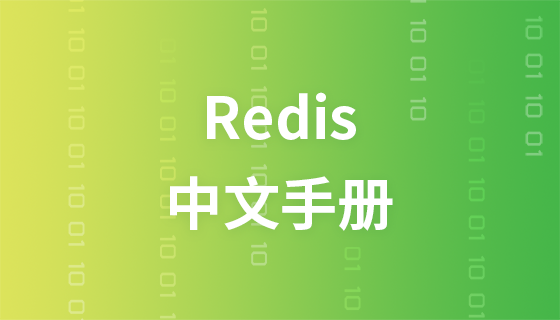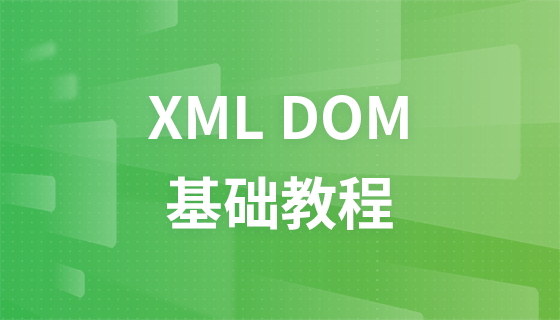Block-level elements for easy entry into HTML+CSS
What is a block-level element?
In HTML, <div>, <p>, <h1>, <form>, <ul> and <li> are block-level elements.
Setting display:block is to display the element as a block-level element. The following code converts the inline element a into a block element, so that the a element has the characteristics of a block element.
a{display:block;}
<!DOCTYPE HTML>
<html>
<head>
<meta charset="utf-8">
<title>!important</title>
<style type="text/css">
a{
display:block;
width:100px;
height:18px;
background-color:green; /*設(shè)置背景色*/
color:#fff; /*設(shè)置字體顏色*/
}
</style>
</head>
<body>
<a href="#">PHP中文網(wǎng)</a>
</body>
</html>














